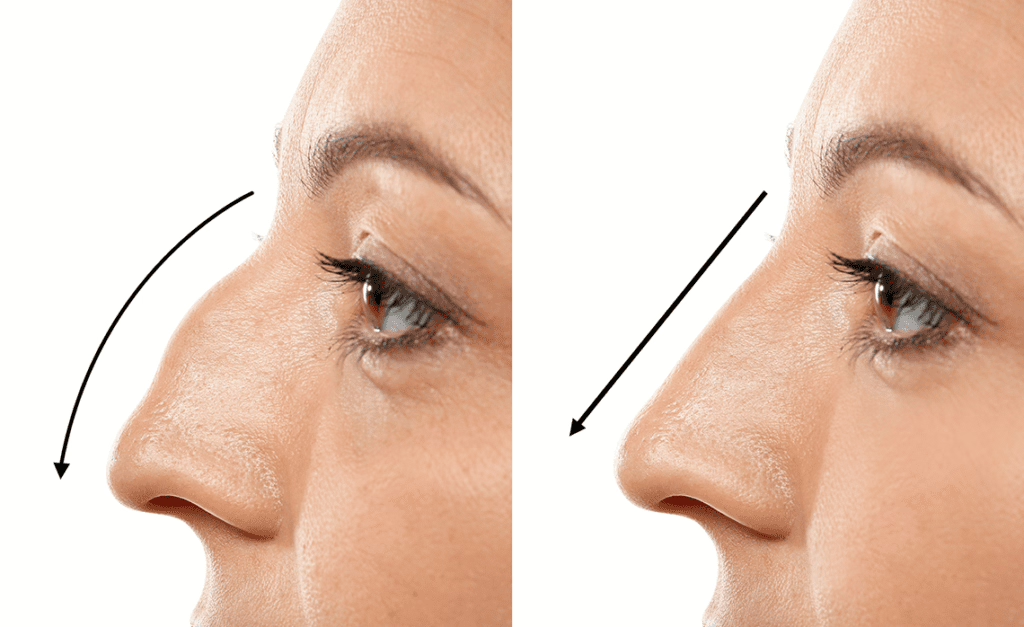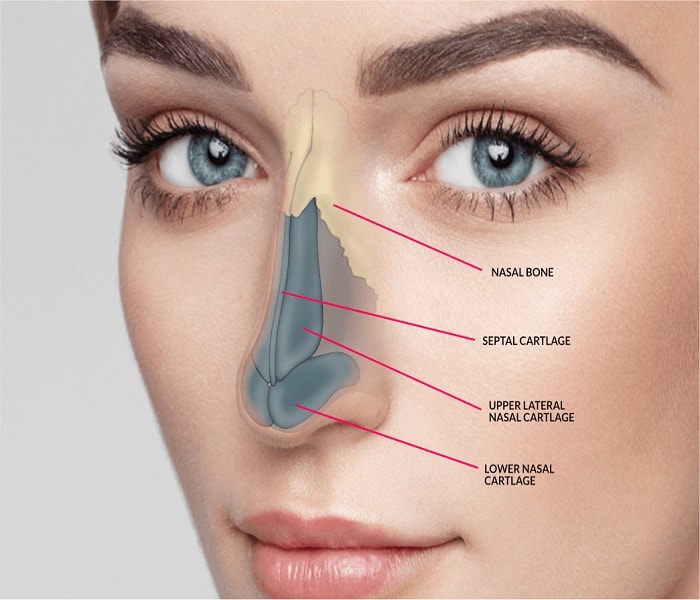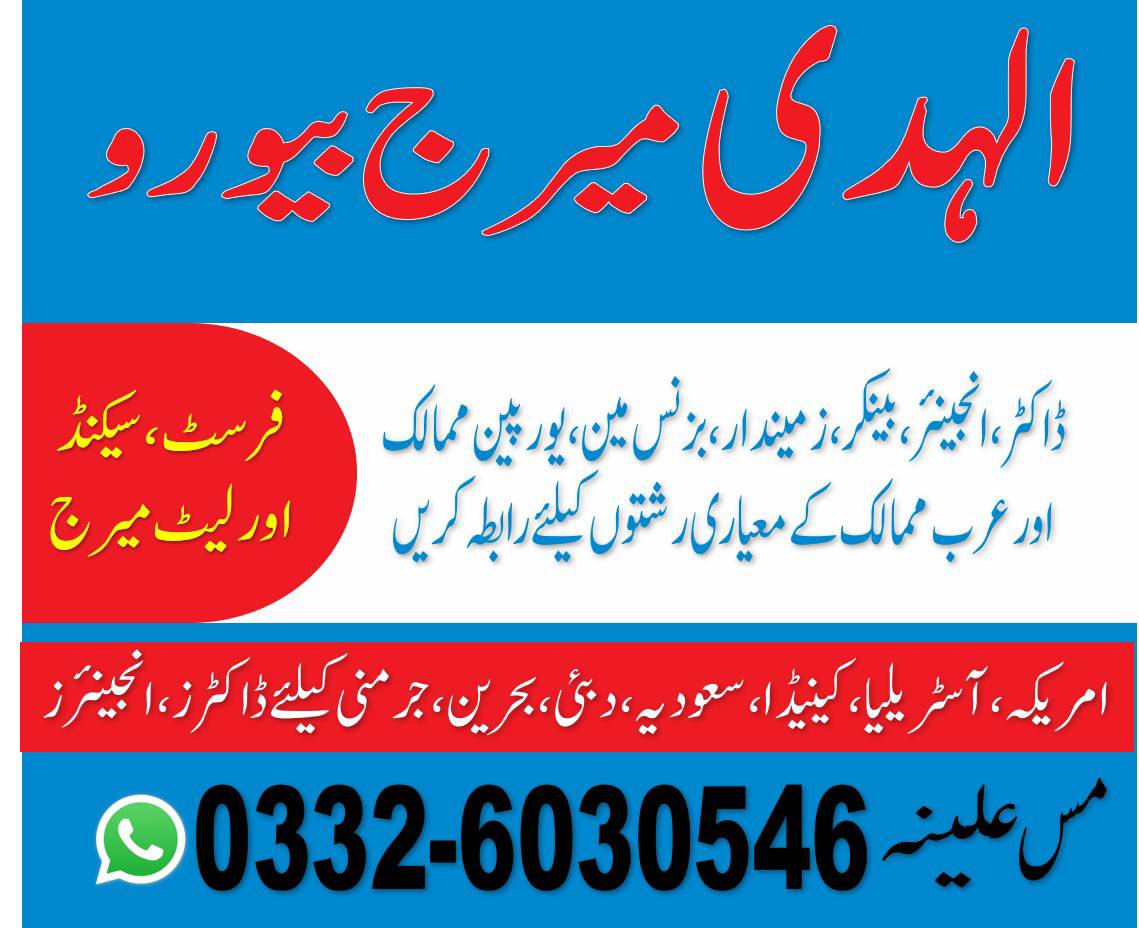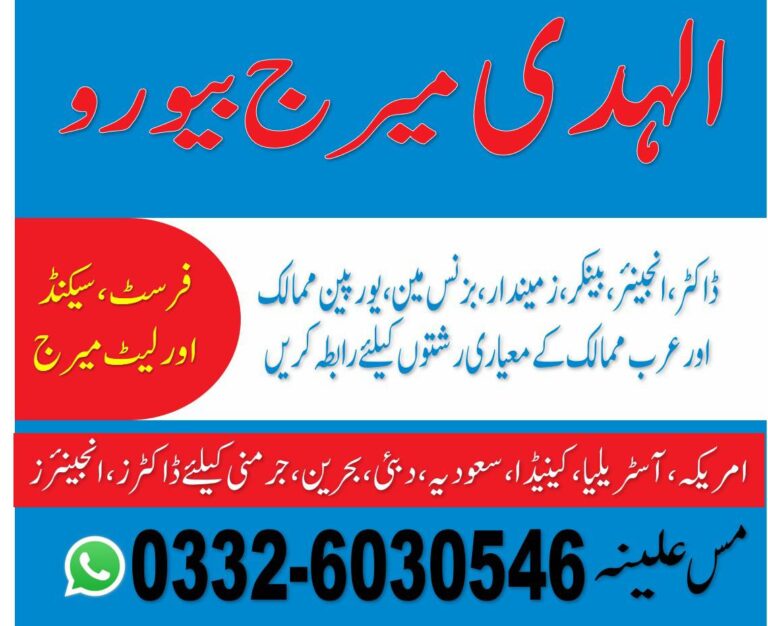
Rhinoplasty Costs
Table of Contents
A guide to understanding Rhinoplasty Costs
Introduction:
Rhinoplasty, commonly known as a “nose job,” is a surgical procedure that reshapes or resizes the nose for aesthetic or functional improvements. Whether you seek better breathing, correction of a birth defect, or enhanced facial symmetry, understanding the financial aspect is crucial.
The cost of rhinoplasty varies significantly based on factors like surgeon expertise, location, and procedure complexity. This guide provides a detailed breakdown of rhinoplasty expenses, helping you budget wisely and make an informed decision.
It is one of the world’s most widely sought cosmetic surgeries with more than 200,000 procedures taken each year in the United States alone.
Average Cost of Rhinoplasty
The average cost of rhinoplasty in the U.S. ranges from $5,000 to $15,000, with some cases exceeding $20,000 for complex revisions. Below is a general pricing overview:
| Cost Component | Price Range |
|---|---|
| Surgeon’s Fee | $3,000 – $8,000 |
| Anesthesia Fees | $500 – $1,500 |
| Facility Fees | $1,000 – $3,000 |
| Medical Tests & Aftercare | $200 – $800 |
Why Such a Wide Price Range?
Several factors influence the final cost:
- Surgeon’s Experience: Highly skilled surgeons charge more.
- Geographic Location: Major cities (e.g., NYC, LA) have higher prices.
- Procedure Type: Open rhinoplasty (more invasive) costs more than closed.
- Revision Surgery: Correcting a previous rhinoplasty is pricier.
Breakdown of Rhinoplasty Costs
A. Surgeon’s Fee
This is the largest expense, influenced by:
- Board Certification (ABPS surgeons charge more).
- Reputation & Demand (experienced surgeons with strong portfolios).
- Technique Used (ultrasonic or 3D imaging may increase costs).
B. Anesthesia Fees Rhinoplasty Costs
- General anesthesia ($800–$1,500) is costlier than IV sedation ($500–$1,000).
- Longer surgeries require more anesthesia, raising costs.
C. Facility Fees
- Hospitals ($2,000–$4,000) are pricier than outpatient surgical centers ($1,000–$2,500).
- Overnight stays (rare) add extra charges.
D. Pre-Operative & Post-Operative Costs
- Consultation Fees: $100–$300 (sometimes waived if you proceed).
- Medical Tests: Blood work, CT scans, or allergy tests.
- Medications & Follow-Ups: Painkillers, antibiotics, and check-ups.
Does Insurance Cover Rhinoplasty Costs?
Insurance may cover rhinoplasty only if medically necessary, such as:
- Deviated septum repair (septorhinoplasty).
- Breathing obstruction correction.
- Trauma or congenital defect reconstruction.
Cosmetic rhinoplasty is rarely covered. Always verify with your provider.
Financing Options for Rhinoplasty
Since rhinoplasty is costly, consider:
Health Credit Cards (0% APR promotions).
Medical Loans (e.g., CareCredit, Prosper® Healthcare Lending).
Surgeon Payment Plans (monthly installments).
How to Choose a Rhinoplasty Surgeon Without Overpaying
Avoid compromising quality for cost by:
✔ Checking board certification (ABPS or equivalent).
✔ Reviewing before-and-after photos.
✔ Reading patient testimonials (RealSelf, Google).
✔ Comparing multiple consultations.
Risks of Choosing the Cheapest Option
Low-cost rhinoplasty may lead to:
- Poor aesthetic results (asymmetry, over-resection).
- Need for revision surgery (costing 2–3x more).
- Safety risks (unaccredited facilities, inexperienced surgeons).
How to Choose the Right Surgeon
🔹 Board Certification (ABPS or equivalent).
🔹 Before & After Photos (check for natural-looking results).
🔹 Patient Reviews (RealSelf, Google, Yelp).
🔹 In-Person Consultation (assess comfort and transparency).
Red Flags to Avoid:
❌ No before-and-after photos.
❌ Pressure to book surgery immediately.
❌ Unusually low prices.
Risks and Complications

While rare, possible risks include:
- Infection
- Bleeding
- Breathing difficulties
- Unsatisfactory aesthetic results
- Need for revision surgery
Choosing a qualified surgeon reduces these risks significantly.
Is Rhinoplasty Worth the Cost?
For many, rhinoplasty is a worthwhile investment due to:
- Enhanced facial harmony.
- Improved breathing function.
- Increased self-confidence.
However, realistic expectations and choosing a qualified surgeon are key.
Types of Rhinoplasty
A. Open Rhinoplasty
- Involves a small incision on the columella (the strip between nostrils).
- Provides better visibility for complex reshaping.
- Slightly longer recovery than closed rhinoplasty.
B. Closed Rhinoplasty
- All incisions are made inside the nostrils.
- Less scarring and faster recovery.
- Best for minor corrections.
C. Revision Rhinoplasty
- Performed to correct a previous nose job.
- More complex and expensive than primary rhinoplasty.
D. Non-Surgical Rhinoplasty
- Uses dermal fillers to reshape the nose temporarily.
- No downtime but results last only 6–12 months.
Is Rhinoplasty Covered by Insurance?
✅ Covered if medically necessary (e.g., deviated septum repair).
❌ Not covered for cosmetic reasons.
Tip: Get pre-authorization from your insurer before surgery.
Rhinoplasty Recovery Timeline
| Recovery Stage | What to Expect |
|---|---|
| Week 1 | Swelling, bruising, nasal packing (if used). |
| Week 2–3 | Splint removed, bruising fades. |
| Month 1–3 | Most swelling subsides; nose starts to refine. |
| 6–12 Months | Final results visible. |
Recovery Tips:
✔ Sleep with your head elevated.
✔ Avoid strenuous exercise for 4–6 weeks.
✔ Follow your surgeon’s aftercare instructions.
Final Thoughts on Rhinoplasty Considerations
Rhinoplasty represents a significant decision that goes beyond cosmetic enhancement – it’s an investment in your health, confidence, and quality of life. As we’ve explored, the procedure’s costs reflect multiple factors including surgical expertise, facility standards, and geographic location, with prices typically ranging from $5,000 to $15,000. While this investment may seem substantial, the long-term benefits of improved breathing and facial harmony often outweigh the financial considerations for most patients.
Remember that choosing your surgeon should never be based on price alone. The skills and experience of your plastic surgeon will directly impact both your results and safety. Take time to research credentials, review before-and-after portfolios, and consult with multiple specialists before making your decision.
For those concerned about affordability, explore financing options like payment plans or medical credit cards. If your procedure addresses breathing issues, check with your insurance provider about potential coverage. Most importantly, maintain realistic expectations about both the financial commitment and the transformative potential of your rhinoplasty.
By approaching this decision with careful research and professional guidance, you’ll be positioned to achieve results that bring lasting satisfaction and improved wellbeing. Your journey to a more confident you begins with making informed choices every step of the way.
What Factors Influence the Cost of Rhinoplasty?
What Factors Influence the Cost of Rhinoplasty?
The cost of rhinoplasty varies based on:
✔ Surgeon’s expertise (board-certified specialists charge more)
✔ Geographic location (urban areas typically cost more)
✔ Procedure complexity (revisions or functional corrections increase price)
✔ Facility fees (hospital vs. surgical center costs)
✔ Anesthesia type (general vs. local sedation)
✔ Pre- and post-operative care (medications, follow-ups)
Prices typically range from $5,000 to $15,000, with premium surgeons charging up to $25,000.
Why Are Rhinoplasty Costs So Varied?
Rhinoplasty prices range from $3,000-$25,000 due to:
Surgeon expertise – Top specialists charge premium fees
Location – Major cities cost 20-40% more
Complexity – Revisions cost double primary procedures
Facility type – Hospitals cost more than clinics
Anesthesia – General costs $800+ more than local
Additional care – Tests, meds & follow-ups add expenses
Quality and safety should outweigh cost considerations when choosing.
Where to Find Affordable Rhinoplasty Options?
For budget-friendly rhinoplasty:
Medical Tourism – Consider countries like Turkey, Mexico, or Thailand (50-70% lower costs)
Teaching Hospitals – Board-certified residents perform supervised procedures at reduced rates
Payment Plans – Many US surgeons offer financing options
Seasonal Discounts – Some clinics offer promotions during slower months
Insurance Coverage – May apply for functional corrections
Always verify surgeon credentials and facility accreditation before choosing. Quality should never be compromised for cost savings.










